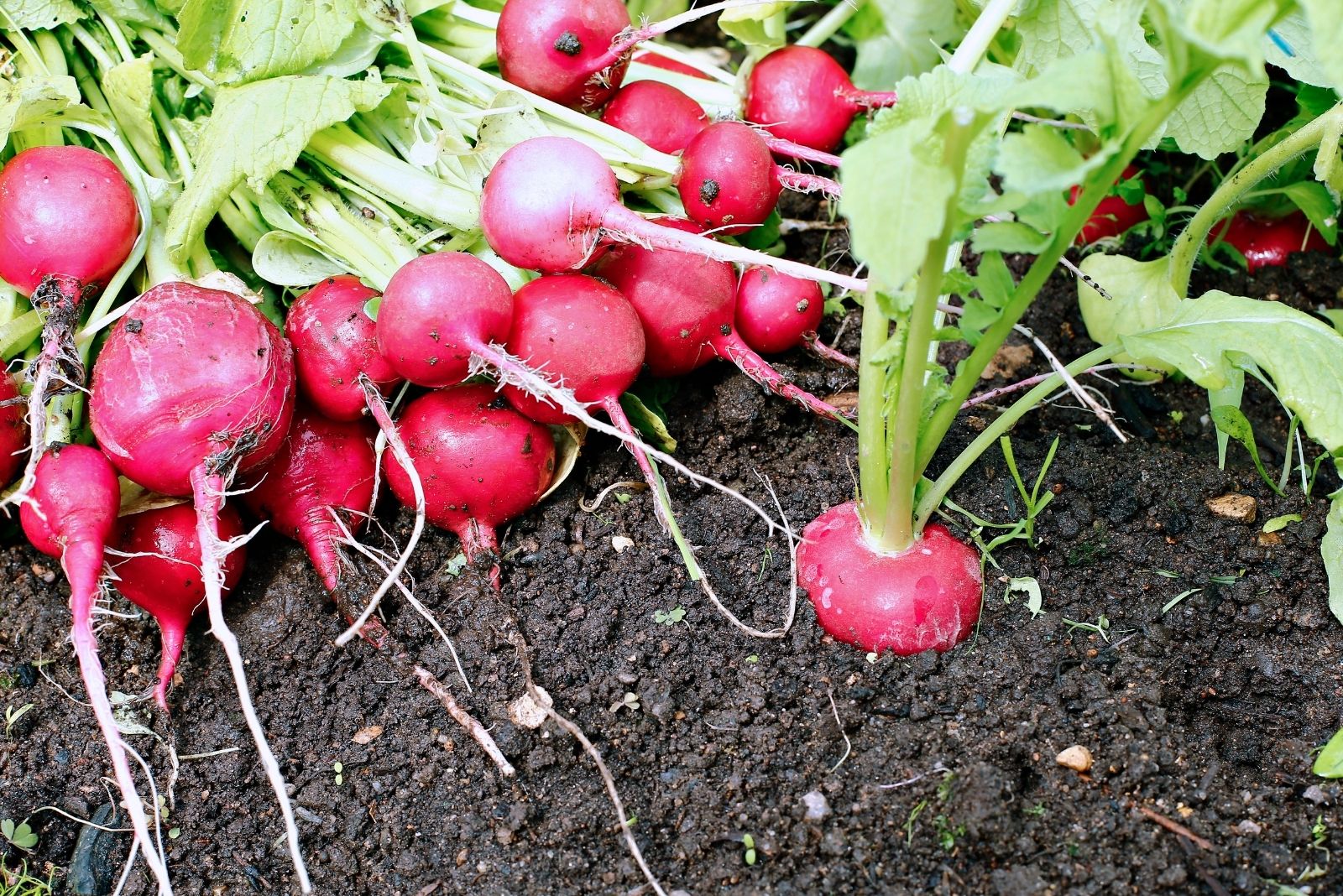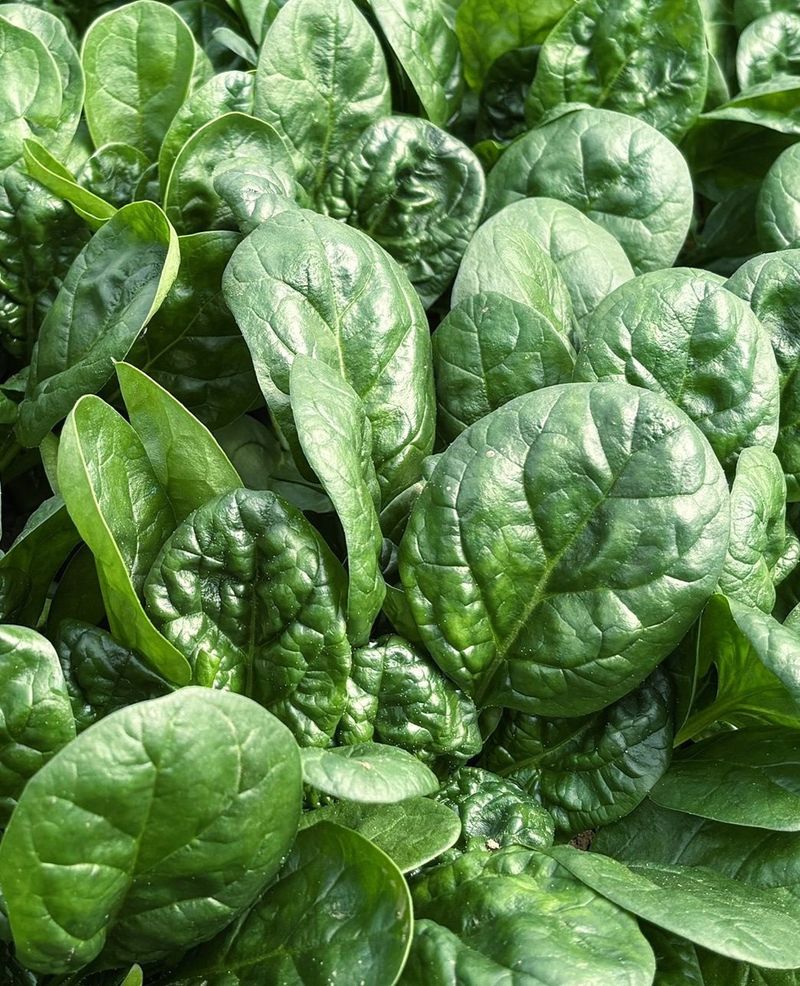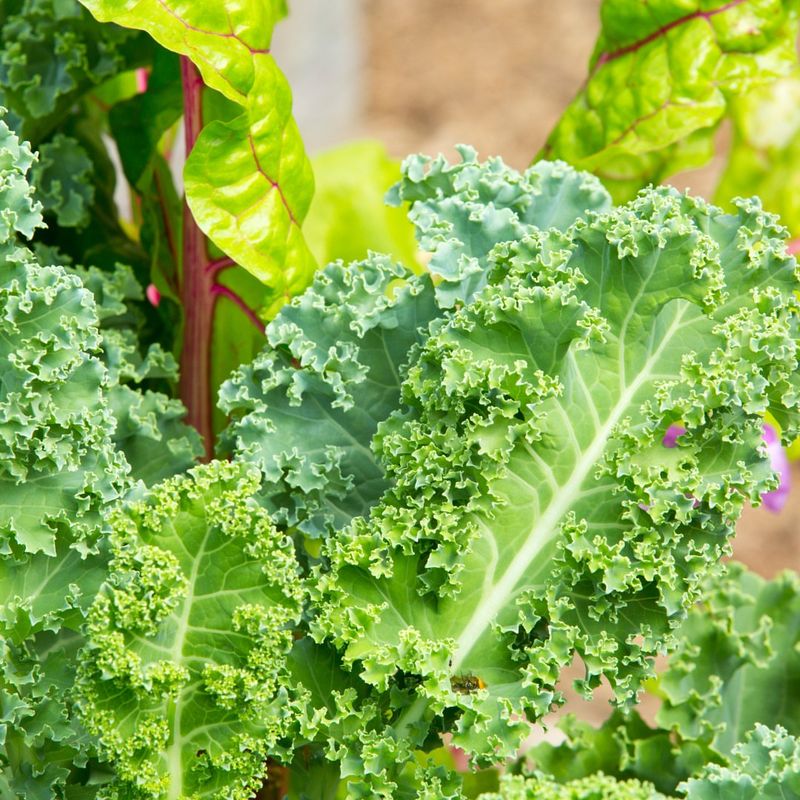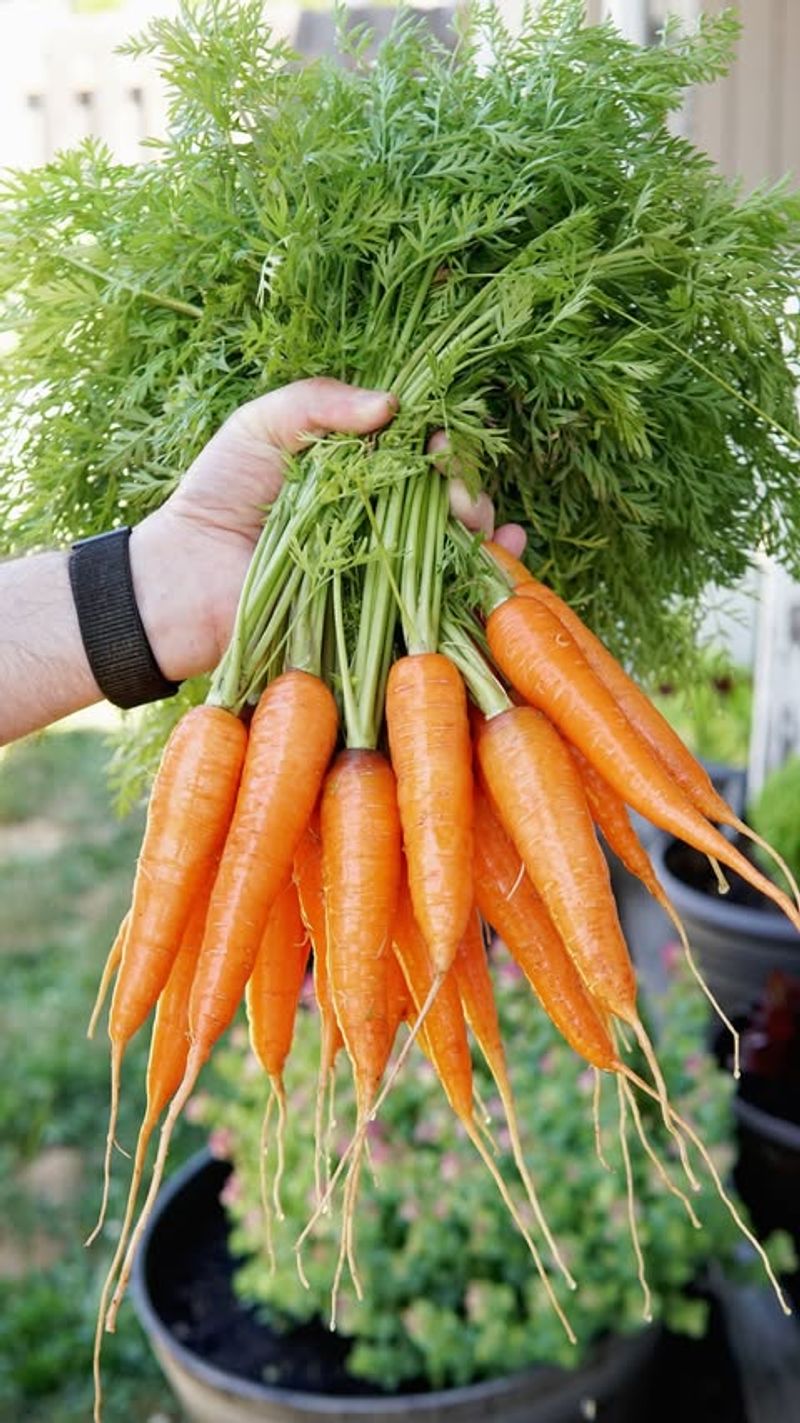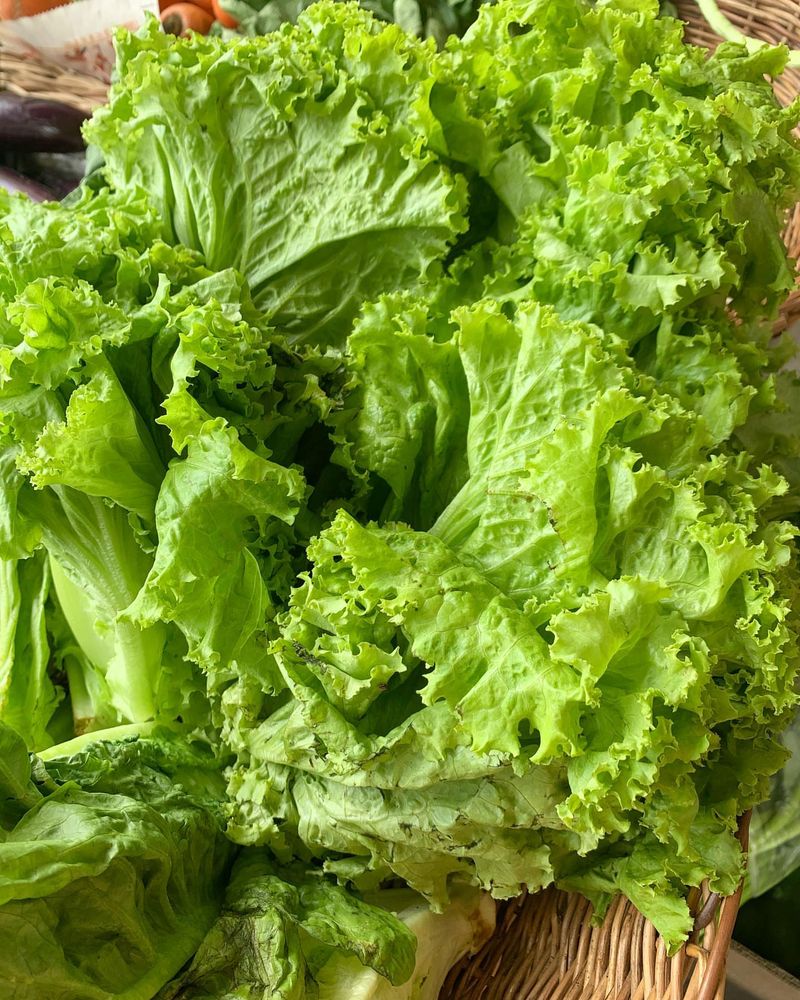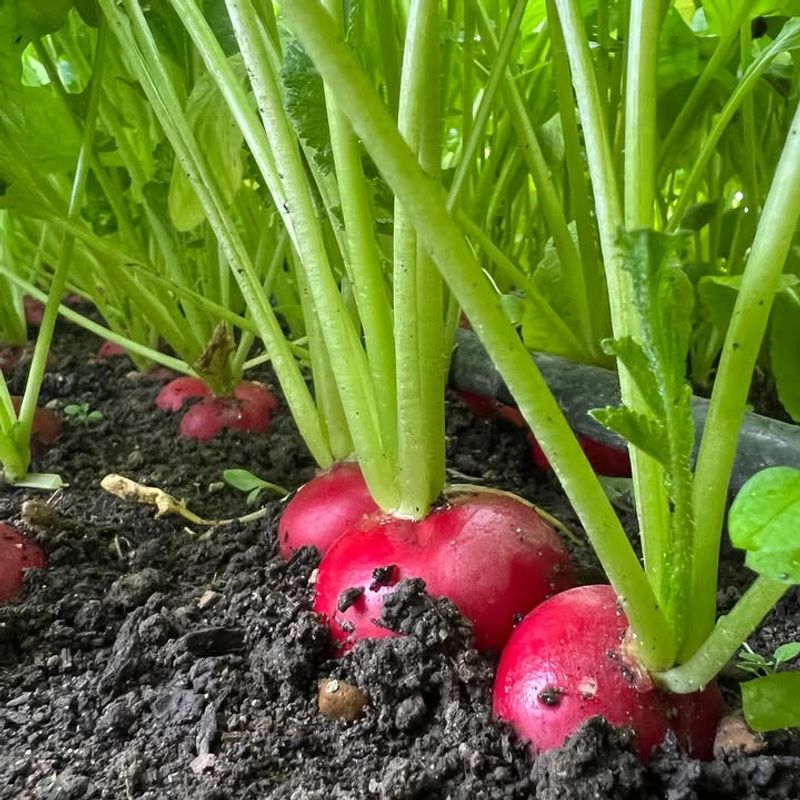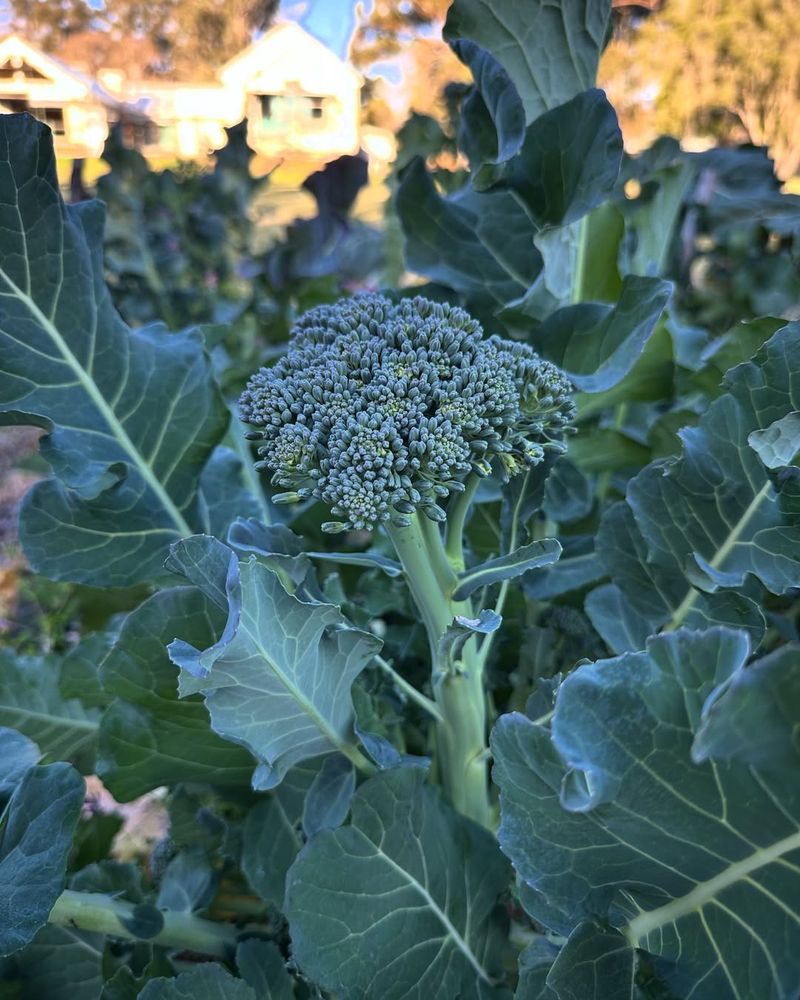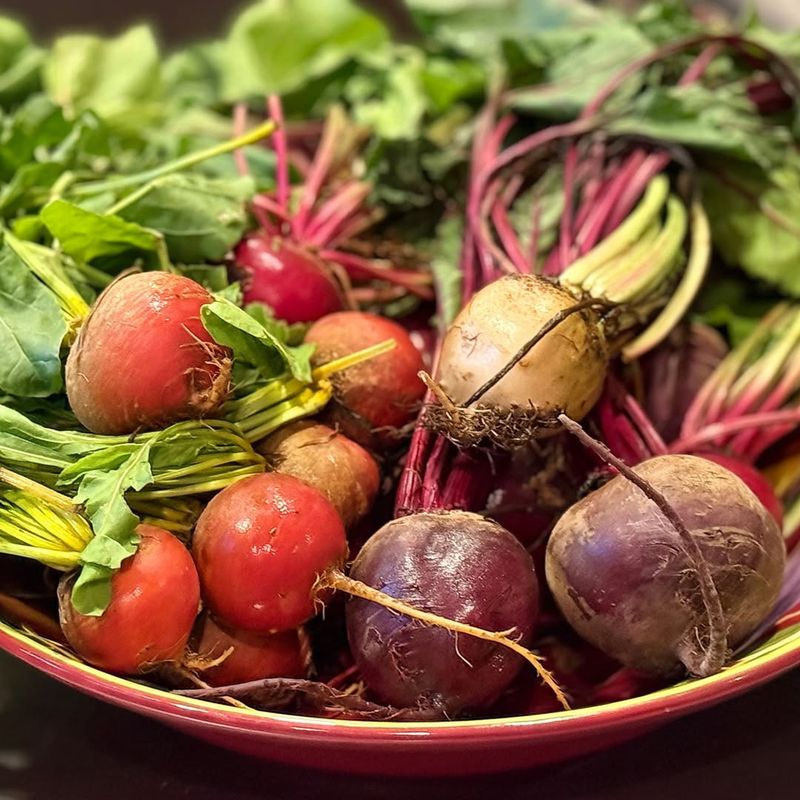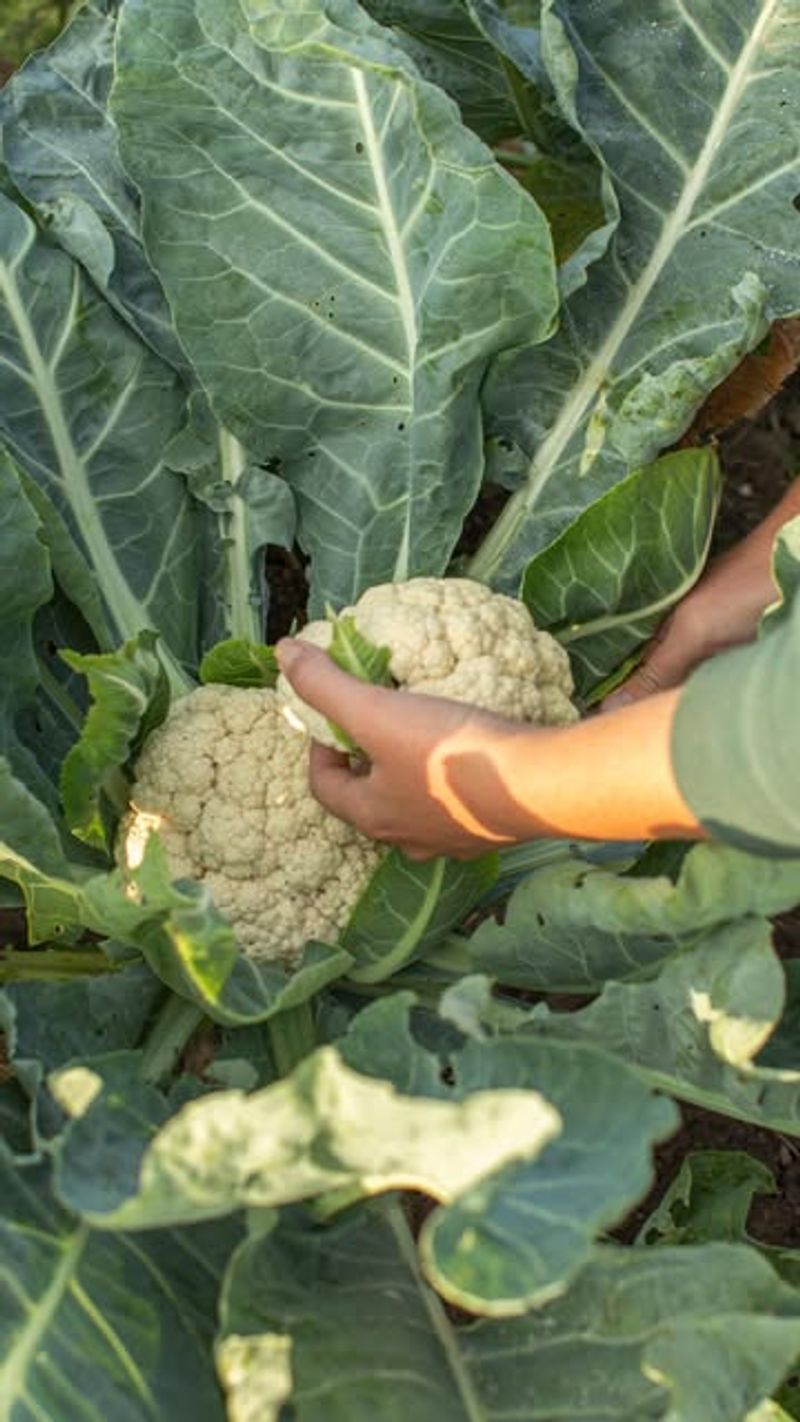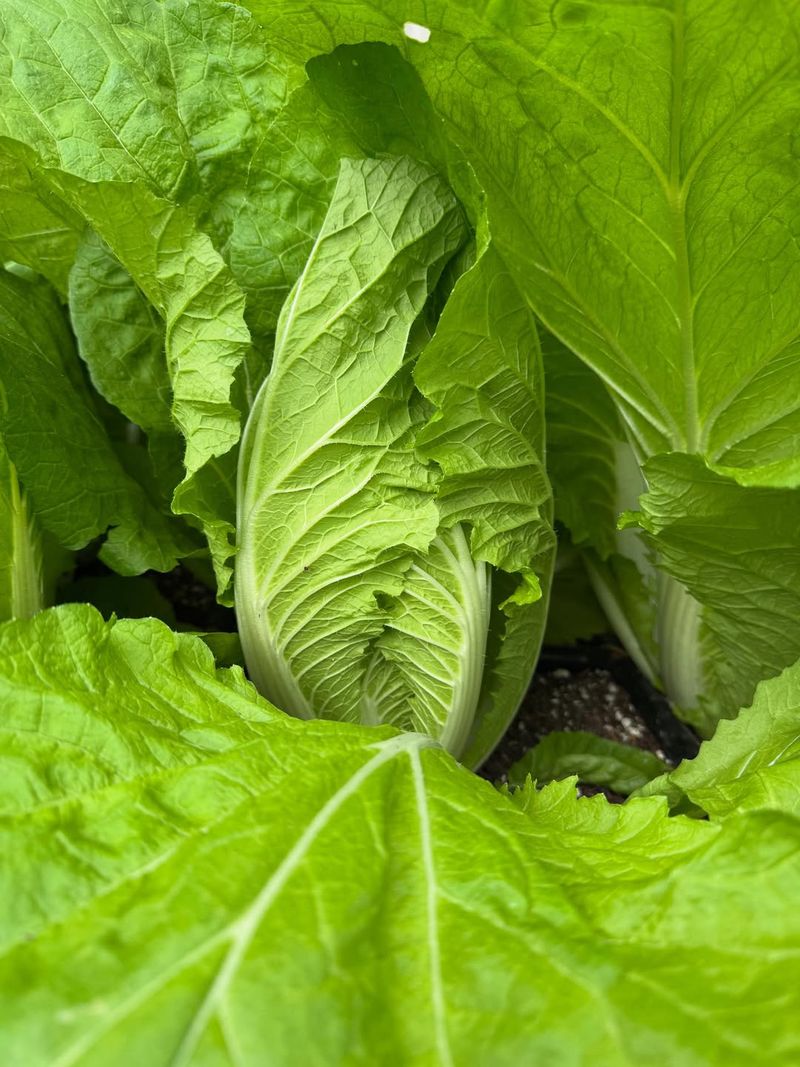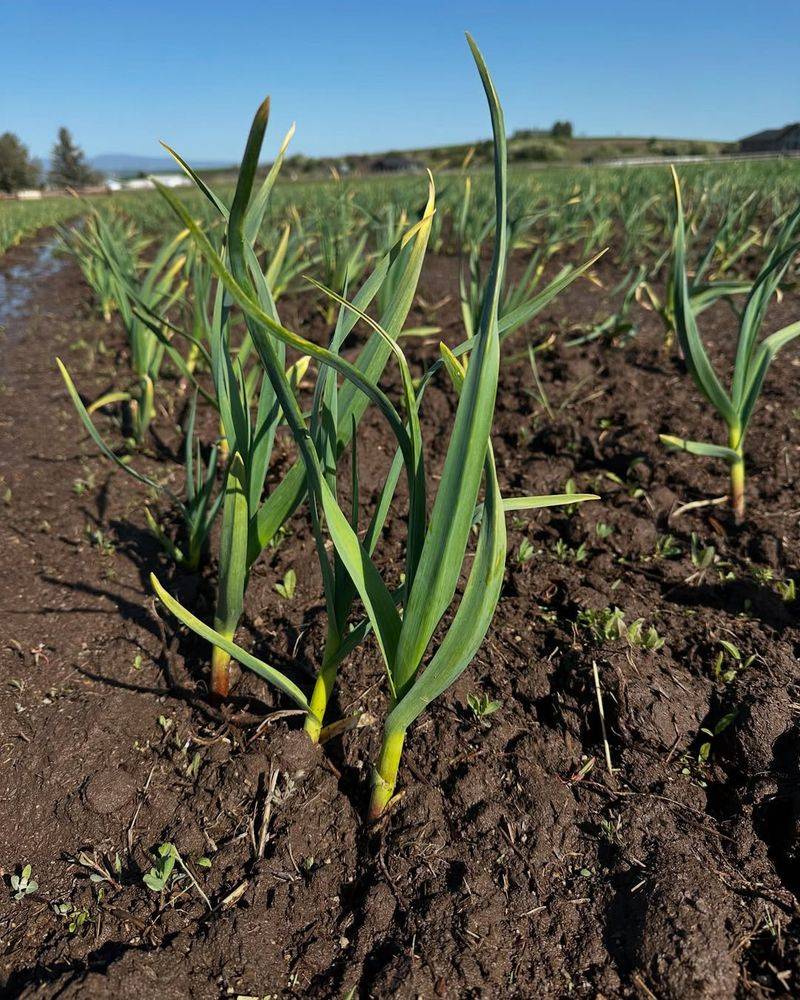Fall gardening in Ohio gives us a second chance at fresh vegetables before winter arrives. As summer heat fades and crisp autumn air settles in, many crops actually perform better than they did in spring.
Ohio’s fall season, with its gradually cooling temperatures and occasional light frosts, creates perfect conditions for cool-weather vegetables to thrive. Planting now means you’ll enjoy fresh harvests well into November or even December with proper protection.
These ten vegetables not only tolerate cooler temperatures but often develop sweeter flavors when kissed by light frost. Let’s explore what you should be planting in your Ohio garden right now!
1. Spinach
Direct sow spinach seeds about 6-8 weeks before the first expected frost in Ohio. The seeds germinate quickly in cool soil and produce tender leaves perfect for salads and cooking.
Ohio’s fall conditions are ideal for spinach, which often bolts in summer heat but thrives as temperatures drop. The cooler weather actually improves flavor, making fall-grown spinach sweeter than spring crops.
I’ve found covering spinach with a simple row cover extends my harvest into December most years. Nothing beats stepping out to my garden on a chilly November morning to harvest fresh spinach for breakfast omelets.
2. Kale
Plant kale seedlings in early September for a continuous harvest throughout fall and even winter. This nutritional powerhouse becomes sweeter after exposure to frost, making it one of the most rewarding cool-season crops.
Many Ohio gardeners appreciate how kale stands tall through early snow and temperatures down to 20°F without protection. The leaves actually convert starches to sugars in cold weather, improving both flavor and texture.
Last winter, my Lacinato kale survived until January under a simple cold frame. We enjoyed fresh kale in holiday meals when most gardens were dormant – a small miracle that makes fall planting worthwhile.
3. Carrots
Sow carrot seeds directly in loose, stone-free soil about 10 weeks before first frost. Keep the soil consistently moist until germination, which can take up to two weeks.
Ohio’s gradually cooling soil temperatures allow carrots to develop exceptional sweetness as they convert starches to sugars. Many gardeners leave them in the ground after light frosts for the sweetest flavor.
My family has a tradition of digging the last carrots on Thanksgiving morning. There’s something magical about brushing away November soil to reveal bright orange roots that taste better than anything from the store!
4. Lettuce
Start lettuce seeds every two weeks from late August through September for continuous harvests. Choose cold-tolerant varieties like ‘Winter Density’ or ‘North Pole’ for best results in Ohio’s fall conditions.
The shorter days and cooler temperatures prevent lettuce from bolting, resulting in tender, sweet leaves. Our state’s typical fall rainfall helps maintain consistent soil moisture, perfect for shallow-rooted lettuce.
I’ve experimented with different varieties over the years and found that loose-leaf types give me the longest harvest window. My neighbors are always surprised when I’m still serving garden-fresh salads at Halloween gatherings!
5. Radishes
Scatter radish seeds in prepared soil and expect to harvest crisp, spicy roots in just 3-4 weeks. These quick-growing vegetables are perfect for Ohio’s fall season when garden space opens up after summer crops.
Fall-grown radishes develop better flavor and fewer pest problems than spring crops. Ohio’s cooling temperatures prevent the hot, woody texture that summer heat can cause, resulting in crisp, mild roots.
My garden journal shows I’ve had success planting radishes as late as early October. The kids in my neighborhood love pulling these colorful vegetables – it’s instant gardening gratification when most plants are slowing down!
6. Broccoli
Transplant broccoli seedlings into your garden by mid-August for fall harvests. Space plants 18 inches apart to allow good air circulation and prevent disease issues common in Ohio’s sometimes humid fall weather.
Fall broccoli develops sweeter flavor and denser heads than spring-planted crops. Our state’s cooling temperatures trigger the plant to concentrate sugars, while summer pests like cabbage worms naturally decline.
I’ve learned to watch for side shoots after harvesting the main head. In my central Ohio garden, these secondary harvests often continue until Thanksgiving, essentially doubling my yield from each plant.
7. Beets
Direct sow beet seeds in early August for fall harvests. Thin seedlings to 3-4 inches apart once they emerge to allow proper root development and prevent competition for nutrients.
Ohio’s moderating fall temperatures create ideal conditions for beet development, preventing the woodiness that can occur in summer heat. Our state’s typically moist fall conditions help maintain the consistent soil moisture beets need.
My grandmother taught me to harvest both roots and greens from fall beets. The young leaves make delicious additions to salads, while the sweet roots store well for winter use – essentially providing two vegetables from one plant!
8. Cauliflower
Start cauliflower indoors 10-12 weeks before first frost, then transplant seedlings into the garden. These plants appreciate consistent moisture and benefit from a balanced fertilizer at planting time.
Fall cauliflower thrives in Ohio’s cooling temperatures, developing tight, white heads without the discoloration summer heat can cause. Our state’s typical fall precipitation patterns help provide the steady moisture these plants crave.
After years of spring disappointments, I now only grow cauliflower as a fall crop. The plants seem happier, and I’ve had remarkable success with self-blanching varieties that don’t require the tedious leaf-tying process!
9. Cabbage
Set out cabbage transplants in August, allowing 12-18 inches between plants depending on the variety. Apply a thick mulch around plants to retain soil moisture and suppress weeds during establishment.
Ohio’s fall growing season allows cabbage to develop slowly, resulting in denser, sweeter heads than spring plantings. The gradually cooling temperatures improve flavor while reducing pest pressure from cabbage moths and worms.
My favorite cabbage variety for fall is ‘Storage #4’ which holds beautifully in my root cellar until March. Nothing compares to making fresh coleslaw in February from cabbage I grew myself!
10. Garlic
Plant garlic cloves in October, about 2-3 weeks before the ground freezes in your part of Ohio. Set individual cloves 2 inches deep, pointed end up, and space them 6 inches apart in rich, well-drained soil.
Ohio’s cold winters provide the perfect vernalization period garlic needs to develop properly. The cloves will establish roots before winter dormancy, then burst into growth with spring’s first warmth.
I’ve grown garlic in my Ohio garden for over a decade now, saving my best bulbs for replanting each year. The varieties have slowly adapted to our local conditions, producing bigger, more flavorful bulbs than when I started!

